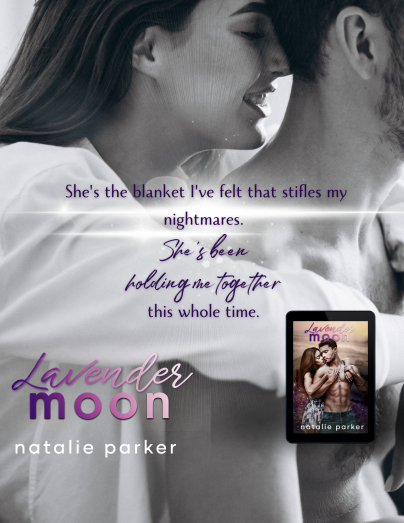News & reviews for the fiction lover in us all!
Battle of the Genders: Differences Between Male & Female Writers

I’m going to go out on a limb and say something controversial here: I can usually tell if a book is written by a man or woman. Just to be clear, I’m not saying I have a distinct preference for either. Easily half of my favorite books in the world are written by women, and the other half by men. (What are the odds, huh?)
But, for those who have nit-picky brains that pay attention to tiny details (like me), it’s often fairly simple to tell male and female writers apart.
How, you ask?
Let’s get some of the more humorous and potentially stereotypical distinctions out of the way:
Women tend to write better sex and romance scenes. Some of the most famous erotica and romance writers in the world are men, so it’s not an “across the board” blanket statement.
However, women tend to have a better grasp of the more complex nuances of sex and romance. They don’t just write about the mechanics of what’s going on. They dive into the “feel” of things, including the emotions, sensations, tensions, and subtle details that many men fail to notice, much less think to include in their scenes. Readers will typically feel the scenes more deeply and connect more emotionally compared with sex or romance scenes written by the average male writer.
Men tend to write better action scenes. Don’t get me wrong, some of my favorite action scenes of all time are found in novels that happen to be written by women. Women can write thrilling, epic, heart-pounding, breathtaking action as effectively as men.
The main difference tends to be the choice of words. Men, by nature, tend to be more direct in their action, both in their dialogue and in the way they structure sentences. Their verbs tend to be harder—thrust, hack, shear, slash, leap, pummel, gouge, and so on—and more dynamic. This is just a distinction made by our brains and the different ways men versus women tend to express themselves.
These are two of the most noticeable differences between novels written by men vs. novels written by women. Surface differences, if you will.
However, dig a bit deeper, and you’ll find that the distinctions become more noticeable once you look for them:
Read the entire article in the September 2019 issue of InD'Tale magazine.
You can just click on the magazine image on the left hand side of our home page to open and enjoy!
OR
If you would like to receive the magazine every month (for FREE!) , just sign up on our home page. Once you do, an e-mail validation notice will be sent directly to you. Just open and click the link and you're in - forever! Each month the magazine will be delivered directly to your inbox to downlad and read!



